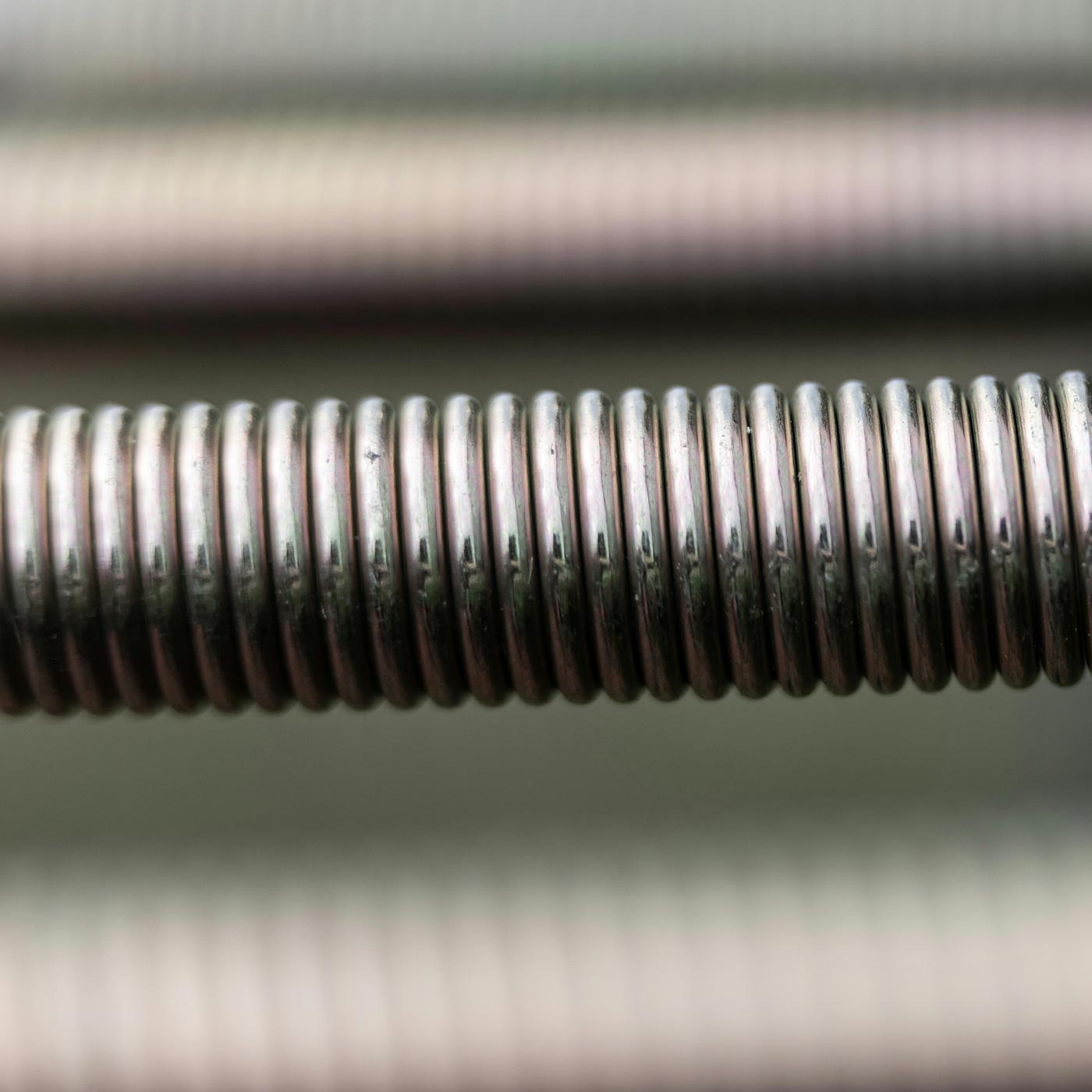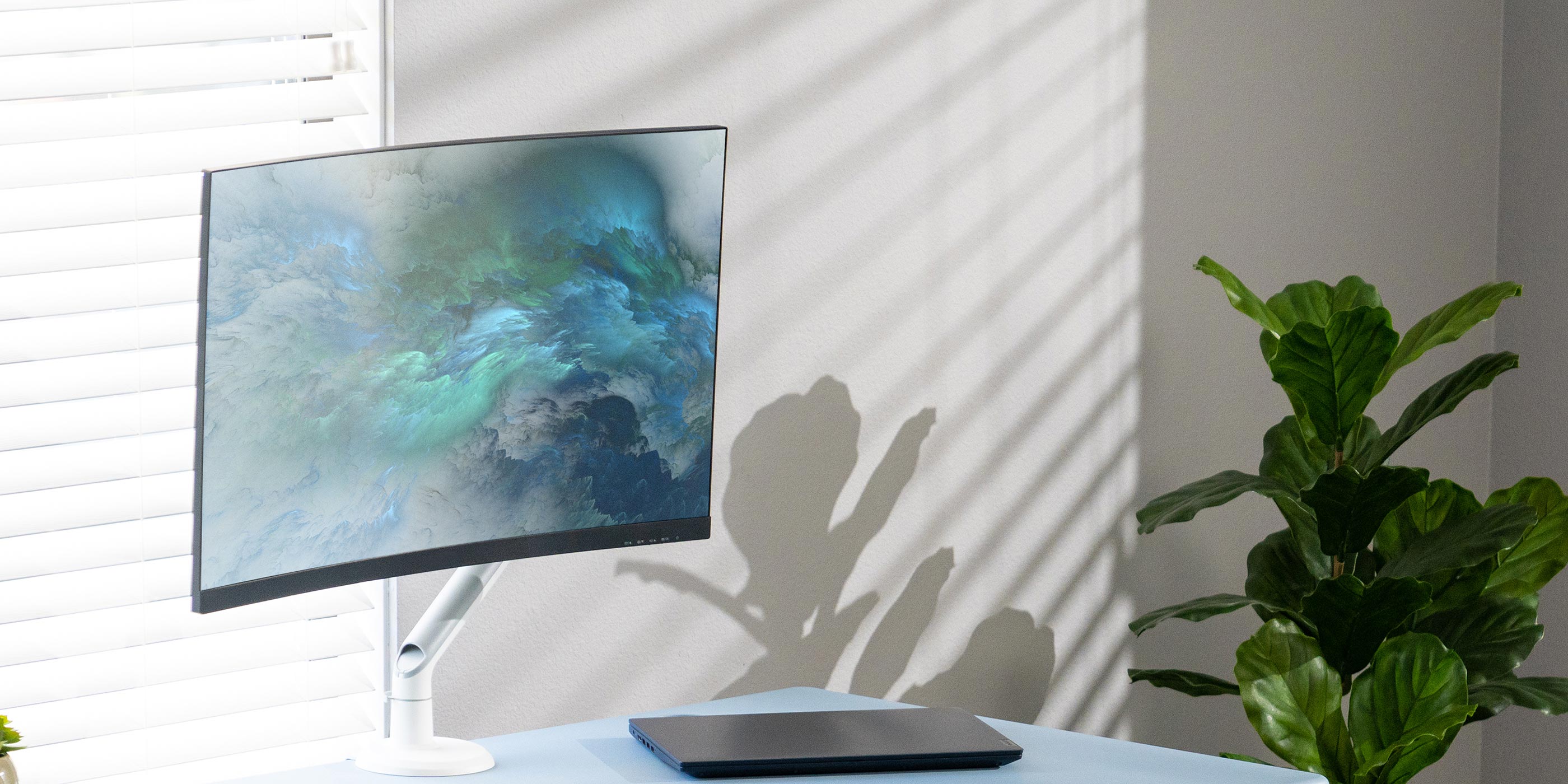Why choose a Gas Cylinder Monitor Arm vs Coil Spring
There are literally hundreds of ergonomic monitor arms on the market. Of these, there are core differentiating factors that are clearly visible, like styling, height adjustment range and number of monitors they’ll hold, and then there are those differences that are invisible to the eye—the internal mechanisms.
The most significant internal difference between different models is whether they are built using gas cylinders (a.k.a. gas strut, gas piston, or air cylinder) or metal springs (a.k.a. spring coils) to provide their counterbalance force.
Gas Cylinder Based Monitor Arms
Gas cylinders are used primarily for their smooth and silent operation, but they cost a little more and have a moderate life time compared to springs. Cheap cylinders used in some monitor arms will lose a bit of force every year until they ultimately fail to hold up your monitor. In contrast to cheap cylinders, iMovR’s Tempo monitor arms use high-quality struts that we warrant for five years.
Gas cylinders have a slower “kick back” (controlled release force), and force increases exponentially as they are compressed. It takes less force to compress the system at the beginning of the stroke; at the end of the stroke it requires much more force. The force rendered by a gas strut depends on its internal pressure.
Coil Spring Monitor Arms
Metal coil springs are used primarily because they are more economical, and have no parts to fail or seals to leak so they also have extreme longevity. This means their force will remain constant as the years go by. They’re not as smooth or silent as gas cylinders, and they have a faster “kick back” (stronger release force). The counterbalance forces increases linearly as the spring coils are compressed. The force rendered by a spring coil depends on its material, wire thickness, spring diameter, number of coils and length.
Choosing the Right Monitor Arm
While there are tradeoffs between using coil springs vs. gas cylinders in ergonomic monitor arms, high-quality display mounts can be made with either. Which you choose often comes down to your specific needs and personal preference.









